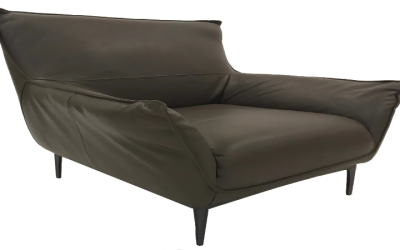In today’s fast-paced work environment, productivity and comfort are closely linked. Many individuals struggle with distractions, discomfort, and fatigue throughout the workday. To address these challenges, more people are seeking ergonomic workstations tailored to their unique needs to enhance efficiency and promote well-being. Investing in the proper setup can significantly impact how energized and focused you feel during long hours at your desk.
A thoughtfully designed Ergonomic Workstation is essential for anyone hoping to maintain peak performance and avoid the aches and pains that often accompany prolonged desk work. By customizing your workspace to support natural posture and healthy movement, you can reduce the risk of repetitive strain injuries and boost your overall output. Whether you work from home or in a traditional office, making intentional adjustments to your environment will pay long-term dividends in both comfort and productivity.
The Core Elements of an Ergonomic Workstation
To maximize productivity, start by evaluating the core elements of your workstation. The height and position of your chair and desk are fundamental. Your chair should support the natural curve of your spine, with feet flat on the floor and thighs parallel to the ground. Adjust the seat height so your elbows are at a comfortable right angle when typing. The desk should allow your forearms to rest easily while keeping your shoulders relaxed.
Monitor placement is equally important. Position your screen so the top is at or slightly below eye level, about an arm’s length away. This arrangement minimizes neck strain and encourages an upright posture. Keep your keyboard and mouse close enough to avoid overreaching, and keep your wrists straight while typing or navigating.
Personalizing Your Workspace for Comfort
Personalization is key to creating a productive environment. Lighting, for instance, plays a significant role in reducing eye strain and maintaining alertness. Use adjustable desk lamps to supplement natural light, and avoid glare by positioning screens perpendicular to windows. Temperature and air quality also impact focus, so ensure your space is well-ventilated and maintained at a comfortable temperature.
Incorporate accessories that support healthy habits, such as a footrest if your feet don’t reach the floor, or a document holder to keep reference materials at eye level. Take regular breaks to stand, stretch, or walk around, as movement throughout the day helps prevent fatigue and supports circulation.
Long-Term Benefits and Best Practices
Designing a well-planned workstation is a proactive investment in your well-being. Over time, you’ll notice increased concentration, reduced discomfort, and greater satisfaction with your work environment. Maintaining proper posture and making periodic adjustments to your setup can help prevent chronic pain and repetitive stress injuries. Stay attuned to your body’s signals and adjust your arrangement as needed to maintain comfort.
BodyBilt stands out as a reliable solution for anyone seeking expert guidance in ergonomic office design, offering tailored support to ensure long-term productivity and well-being.


